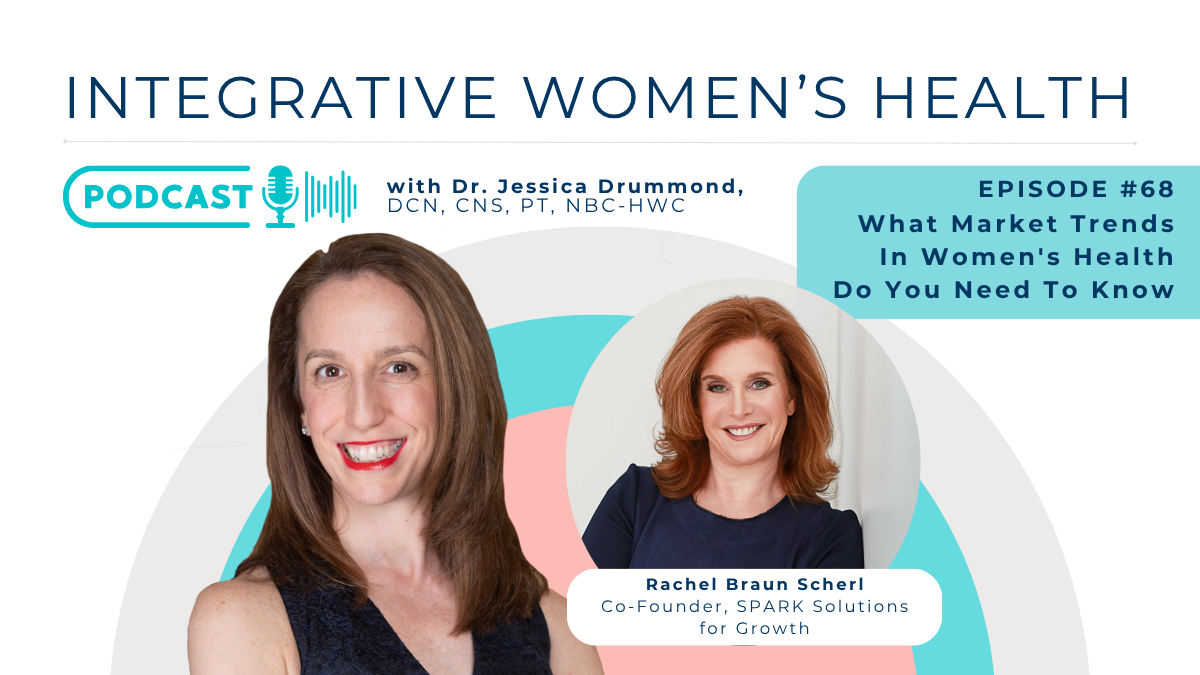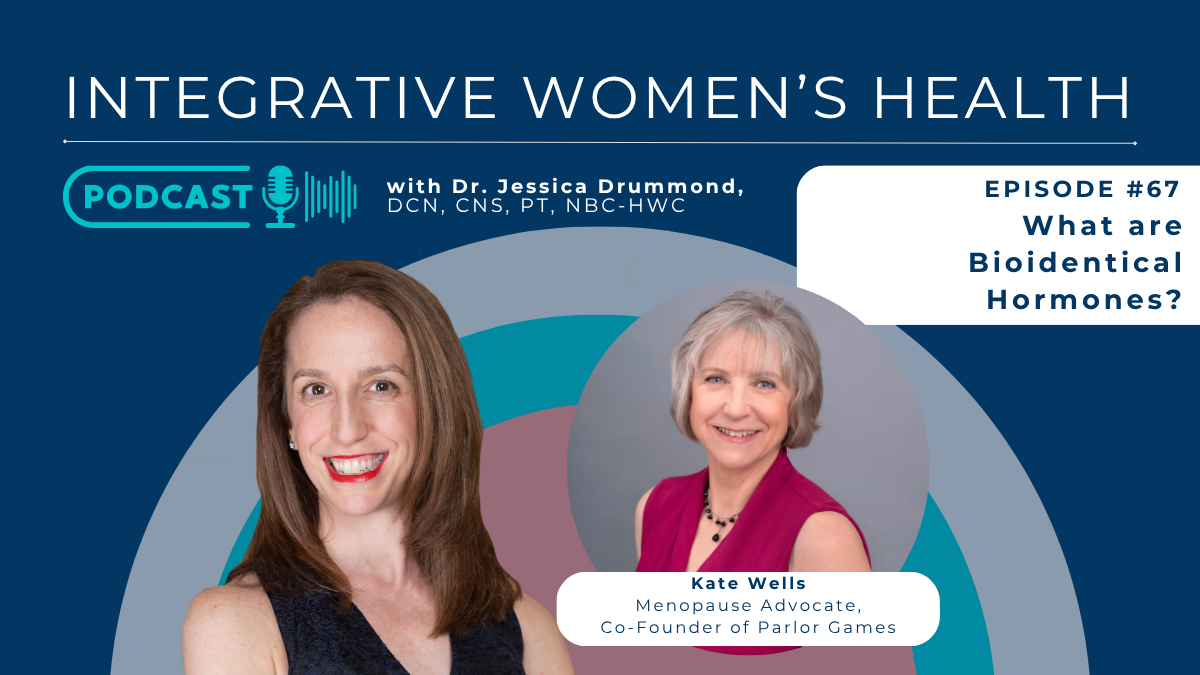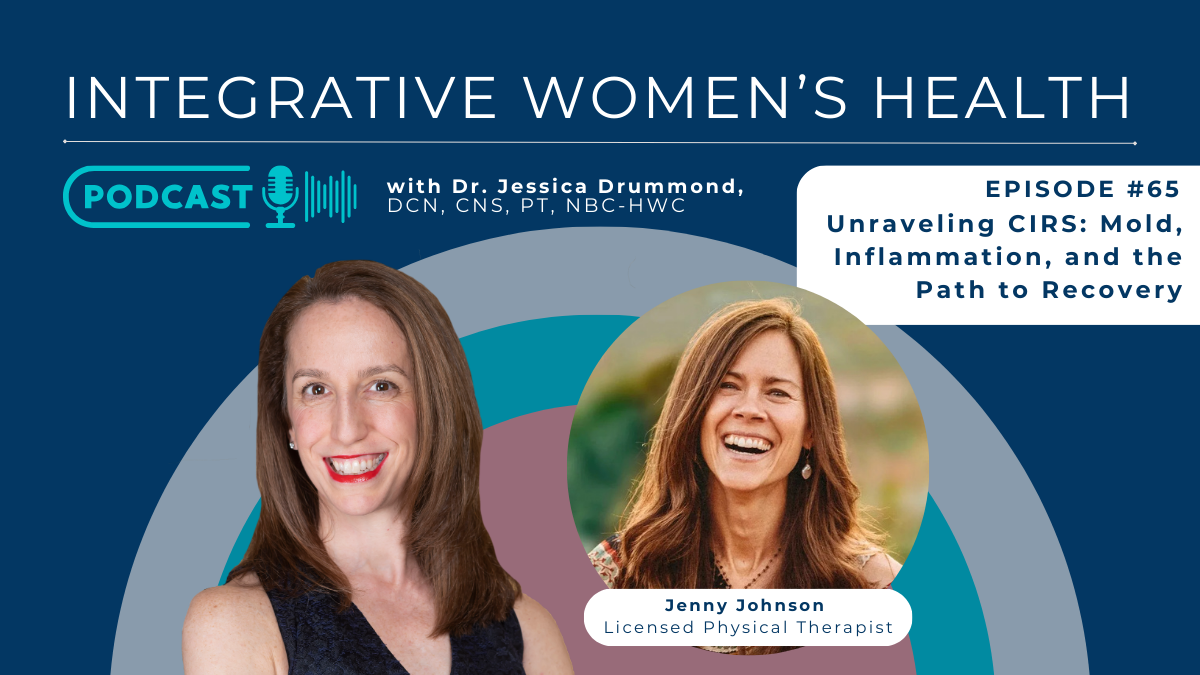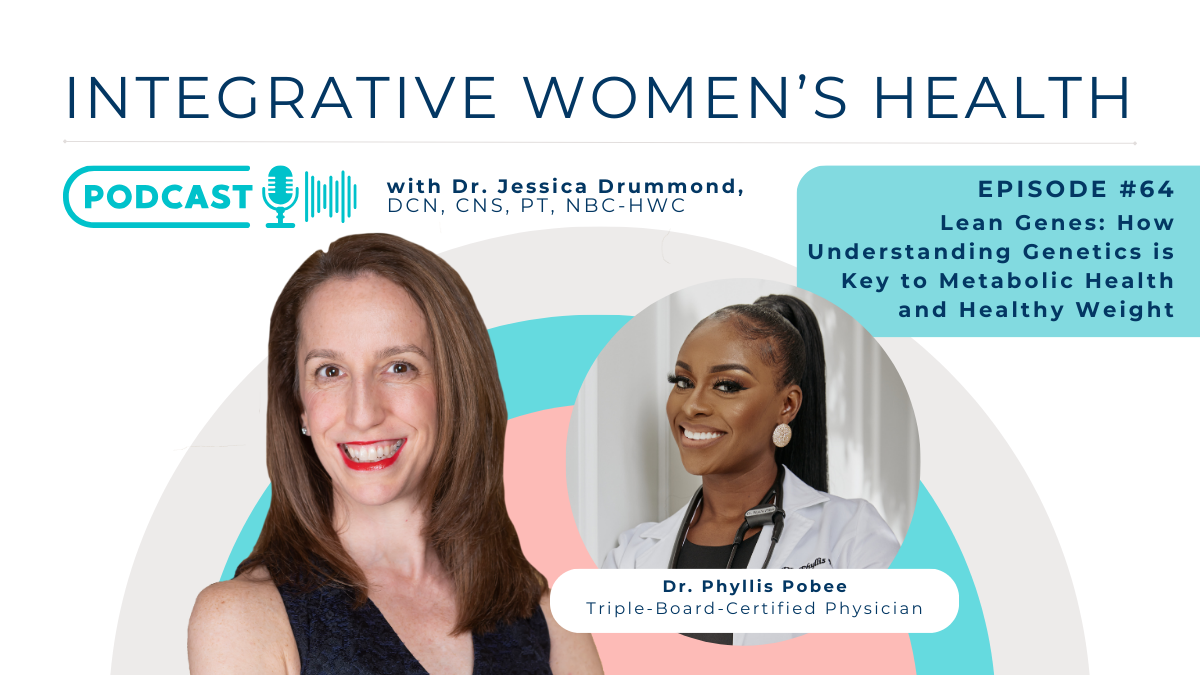
Xenoestrogen Exposure is a Clear Risk Factor for Breast Cancer and Others
For our clients and patients with exposure to xenoestrogens, the first step is to reduce the exposures, lowering their overall toxic load, and in turn reducing the risk for breast cancer.
Everyone is exposed to some level of xenoestrogens; it’s impossible to completely avoid them. Thus, it’s important to emphasize the benefit of small, consistent reductions of exposure, and not to overwhelm our clients.
And, as health professionals, we need to advocate for changes in environmental policy to reduce the persistence of these chemicals in our environment.
Exposure to these toxic estrogens also promotes symptoms and conditions such as PCOS, breast tenderness, menstrual irregularities, dysmenorrhea, and more, in addition to cancer.
There is genetic variability in each individual’s susceptibility to cancer with xenoestrogen exposure (Jerry at al., 2018).
Genetic variations in specific pathways are being explored with the aim of identifying which women are at higher risk of developing cancer with exposure to xenoestrogens.
Puberty is a time to be most careful, as the mammary gland development at puberty renders girls more at risk of developing cancer later in life if there is significant xenoestrogen exposure at this sensitive time.
Fortunately, a significant reduction in the body burden of many of these toxins was found after just 3 days of significantly decreasing exposure to xenoestrogens (Harley, et al., 2016)
This is good news for prevention. Unfortunately, for those who are undergoing cancer therapy, exposure to dietary xenoestrogens can reduce the effectiveness of some cancer treatments (Warth, et al., 2018).

What are Xenoestrogens?
Synthetic chemicals including di-chlorodiphenyltrichloroethane, bisphenol A, phthalates, di-chlorodiphenylethylene, polychlorinated biphenyls, and alkylphenol are toxic estrogens that bind to estrogen receptors and overstimulate their signaling pathways (Gaudet et al, 2018, Shafei, et al., 2018).
Additionally, metalloestrogens—have been shown to activate estrogen receptors. Metalloestrogens include arsenite, antimony, nitrite, selenite, vanadate, cadmium, calcium, cobalt, copper, nickel, chromium, lead, mercury, and tin (Gaudet et al, 2018).
Many of these metals are commonly found in our food supply, air, and water.
Mercury is one of the most problematic because of its persistence in the environment.
Just breathing contaminated air, or eating too much sushi can expose our clients to too much mercury.
In fact, low-level exposures might actually be more cancer-promoting than higher-level exposures.
In one study, the treatment of human estrogen receptor-positive breast cancer cells with 1 nM MeHg promoted proliferation, while treatment with a concentration of 100 nM induced apoptosis. (Gaudet et al, 2018)
Where can Synthetic Estrogens be Found?
- Plastics
- Shampoos
- Skincare
- Cosmetics
- Other personal care products
- Dental materials
- Cleaning products
- Conventionally raised meat and dairy products
- Tap water
- Birth control pills
- Flame retardants
- Sunscreens
- Food preservatives
- Food dyes
- Plastic toys
- Auto exhaust
- Cigarette smoke
- And more…
Additionally, these chemicals are all around our day-to-day environments, thus reducing exposure takes commitment to make small, sustainable changes.
Beyond advocating for changes in environmental policy, we can encourage our clients and patients to make changes in their own lives.
They can choose glass or stainless food storage or water bottles, chemical-free personal care products, stop smoking or reduce exposures to secondhand smoke, and use indoor air cleaning plants such as spider plants to reduce indoor air pollution.
Improving Estrogen Metabolism to Reduce the Effects of Xenoestrogens
In conclusion, there are two sides to the equation when it comes to minimizing the detrimental effects of exposure to xenoestrogens. We can reduce exposure and we can improve the body’s ability to metabolize and excrete excess estrogens.
Recommend supportive supplements for optimizing estrogen metabolism:
- Greens powder: Adding more leafy greens, antioxidants, and cruciferous vegetables supports the daily metabolism of excess hormones and hormone-disrupting chemicals.
- Calcium d glucarate: Oral supplementation of calcium-D-glucarate has been shown to inhibit beta-glucuronidase, which is an enzyme produced by gut microbes that enhances recirculation of highly estrogenic metabolites. Elevated beta-glucuronidase activity is associated with an increased risk for various cancers, particularly hormone-dependent cancers such as breast, prostate, and colon cancers.
- DIM + I3C: These metabolites of broccoli have been shown to support estrogen metabolism in the liver.
References:
Gaudet, H. M., Christensen, E., Conn, B., Morrow, S., Cressey, L., & Benoit, J. (2018). Methylmercury promotes breast cancer cell proliferation. Toxicology Reports, 5, 579–584. http://doi.org/10.1016/j.toxrep.2018.05.002
Harley KG, Kogut K, Madrigal DS, Cardenas M, Vera IA, Meza-Alfaro G, She J, Gavin Q, Zahedi R, Bradman A, Eskenazi B, Parra KL. (2016). Reducing phthalate, paraben, and phenol exposure from personal care products in adolescent girls: findings from the HERMOSA Intervention Study. Environ Health Perspect 124:1600–1607; http://dx.doi.org/10.1289/ehp.1510514
Jerry, D. J., Shull, J. D., Hadsell, D. L., Rijnkels, M., Dunphy, K. A., Schneider, S. S., … Trentham-Dietz, A. (2018). Genetic variation in sensitivity to estrogens and breast cancer risk. Mammalian Genome : Official Journal of the International Mammalian Genome Society, 29(1-2), 24–37. http://doi.org/10.1007/s00335-018-9741-z
Shafei, A, Ramzy MM, Hegazy, AI, Husseny, AK, El-Hadary UG, Taha, MM, Mosa AA (2018) The molecular mechanisms of action of the endocrine-disrupting chemical bisphenol A in the development of cancer. Gene, 647, 235-243. doi: 10.1016/j.gene.2018.01.016.
Warth, B, Raffeiner, P, Granados, A, Huan, T, Fang, M, Forsberg, EM, Benton, HP, Goetz, L, Johnson, CH, Siuzdak, G. (2018) Metabolomics Reveals that Dietary Xenoestrogens Alter Cellular Metabolism Induced by Palbociclib/Letrozole Combination Cancer Therapy. Cell Chem Biol, 25(3), 291-300.e3. doi: 10.1016/j.chembiol.2017.12.010.






